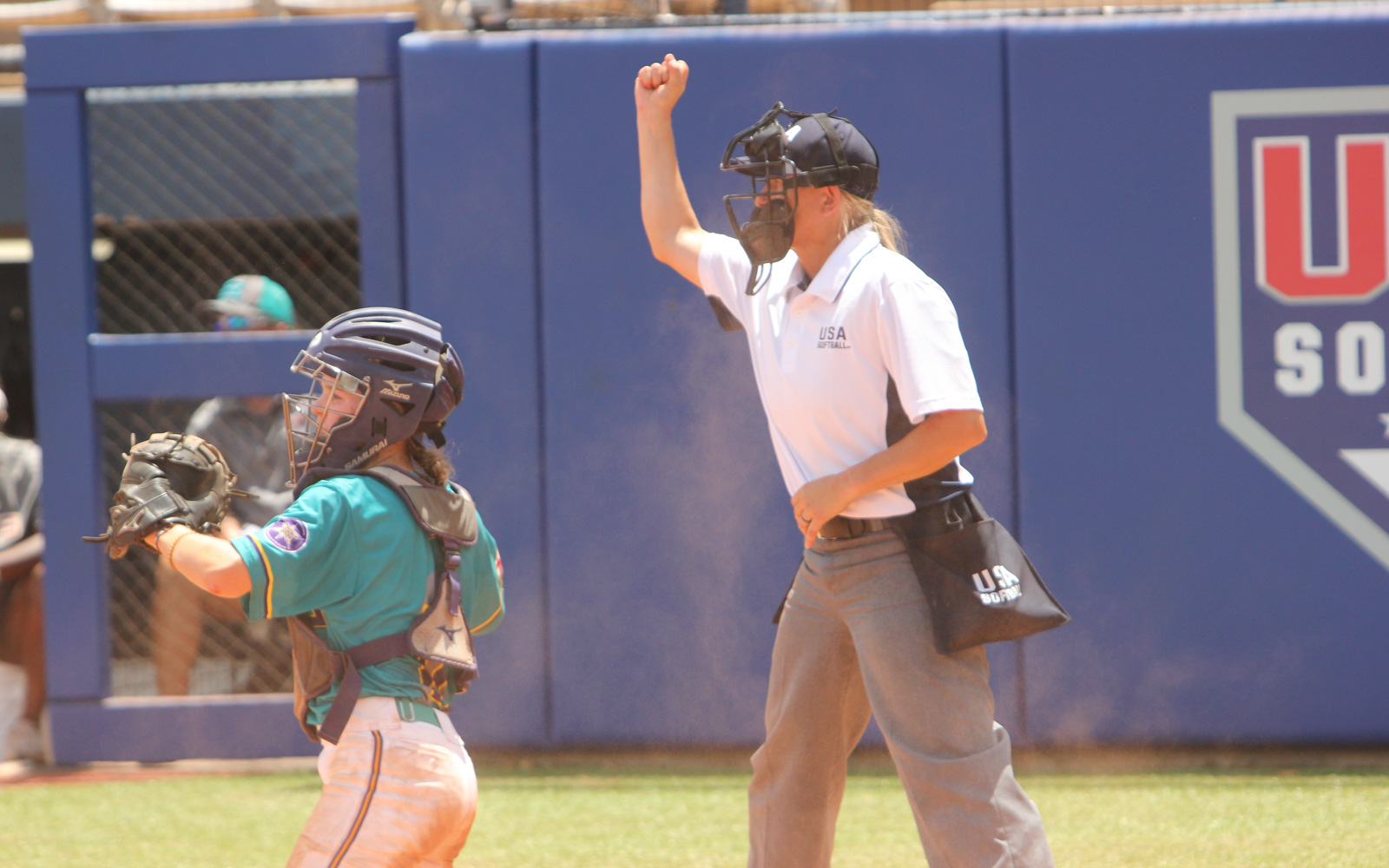- Dec 11, 2010
- 4,728
- 113

Investigating the "Lefty Strike"
The strike zone is called differently depending on the handedness of the hitter in the box. We examine the area furthest off the plate called regularly for strikes to see how left-handed hitters fare beyond the outside edge of the plate.
This was posted elsewhere on DFP yesterday. I think it’s a great read and applies here.






